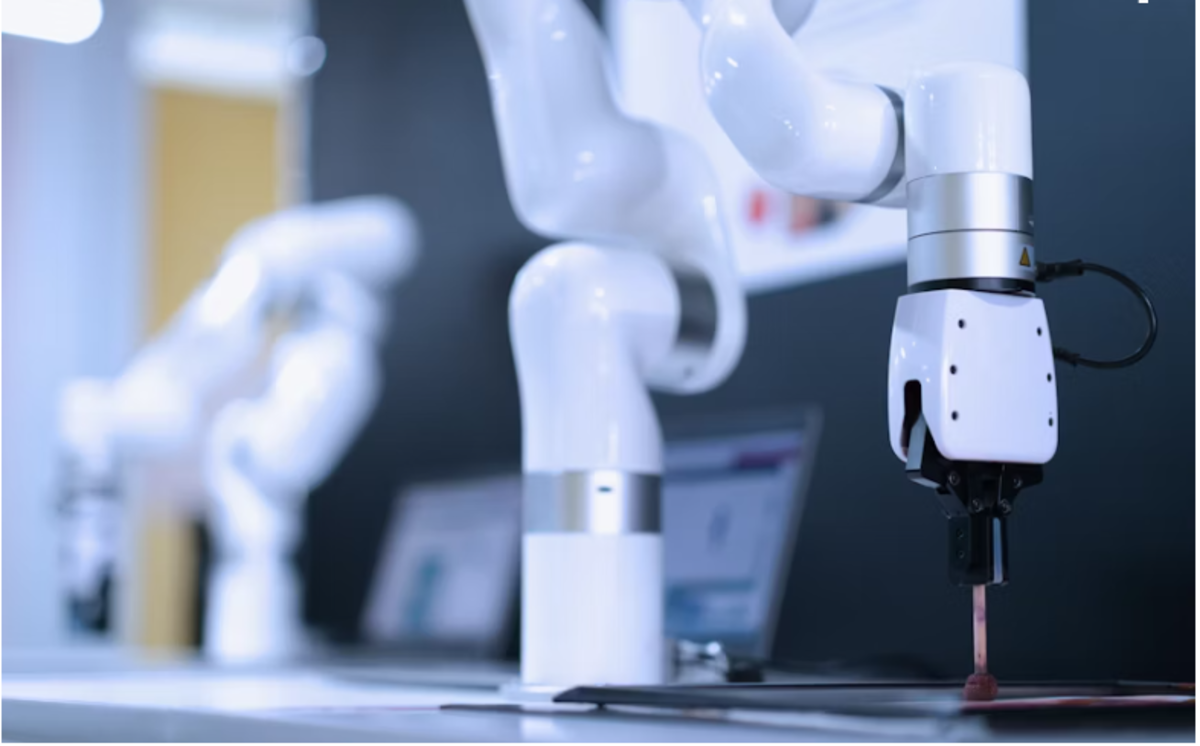Key Takeaways
- Understand the role of IT services in business transformation and growth.
- Learn how technology improves efficiency and productivity.
- Discover ways IT solutions can open new business opportunities.
Introduction to IT Solutions in Business
In the current digital era, integrating IT solutions has become a fundamental part of achieving business success. The rapid pace of technological advancement means that businesses have to harness Arctic IT services to not only keep pace but also stay ahead in competitive markets. By embracing such solutions, companies can enjoy streamlined operations that boost efficiency while enhancing customer satisfaction.
This approach goes beyond simply adopting the latest tech gadgets. It involves strategically implementing technology that aligns with business objectives, elevating everything from operational processes to customer interaction. The need for businesses to leverage customized IT solutions is evident as they are vital in adapting to the ever-evolving market landscape.
IT-Driven Growth Strategies
Growth strategies supported by IT infrastructure have redefined the way businesses approach expansion. By harnessing digital tools, companies can conduct thorough market analyses, optimize their logistical frameworks, and facilitate seamless communication across different enterprise sectors. A vital element of these strategies is the fusion of various technological solutions, such as cloud computing and AI, which serve as catalysts for growth.
Investment in technologies such as cybersecurity not only secures company assets but also fosters trust-based relationships with customers. Safeguarding data and maintaining business continuity through IT is instrumental in laying down a robust path for scaling businesses. By utilizing advanced data analytics, companies can make intelligent decisions that propel them toward new levels of growth.
Enhancing Efficiency with Technology
Enhancing operational efficiency through technological adoption has become a crucial priority for contemporary businesses. Automation and artificial intelligence enable organizations to mechanize tedious and repetitive responsibilities, liberating employees to focus on more imaginative and strategic initiatives.
Companies integrating AI into their daily operations witness an increase in productivity of up to 20%. This productivity boost underscores the importance of embedding these technologies as core components of business processes, ensuring reduced operational costs while maximizing outputs. The future of business operations is clear; it is characterized by agility, precision, and efficiency made possible through IT innovations.
New Opportunities Through Innovation
The relentless march of technology presents businesses with endless possibilities for innovation. IT solutions drive the creation of groundbreaking products and services that captivate new customer segments and permeate previously untouched markets. As companies expand their digital footprint, they unlock many opportunities for growth and innovation.
With the evolution of digital ecosystems, harnessing cutting-edge technologies becomes pivotal in setting businesses apart in saturated markets. Whether it’s launching robust e-commerce platforms or deploying big data analytics for precision-targeted marketing, innovation fueled by IT meets consumer demands and anticipates them, setting the stage for future business success.
Real-World Examples
There are many tangible examples of how leveraging IT has driven remarkable business transformation. For example, the strategic utilization of large datasets has dramatically increased user participation and customer loyalty.
Retail giants also tap into cloud-based technologies to revolutionize customer service and inventory management. By adopting these innovations, organizations achieve operational excellence and set new benchmarks in delivering superior customer experience, reinforcing the critical role of IT in modern business operations.
Future Trends in IT and Business
Several technology trends are poised to further reshape the business landscape. The adoption of blockchain technology promises to offer more secure and transparent transactions. At the same time, the proliferation of the Internet of Things (IoT) is poised to boost data-driven decision-making capabilities.
Businesses need to stay up-to-date with developing technologies to stay competitive. Predictive analytics and virtual reality are transforming the way businesses engage with customers by enabling them to predict and respond to customer needs ahead of time. By staying updated on these advancements, companies can establish a leading position in the constantly changing digital economy.
Final Thoughts
Being at the forefront of integrating cutting-edge IT solutions is vital for companies looking to succeed in the digital economy. By combining technology and strategic analysis, companies can protect their position and manage increasing productivity and growth challenges. As technology progresses rapidly, staying ahead of the innovation curve will be essential for companies aiming to leverage its extensive benefits and achieve long-term success.










